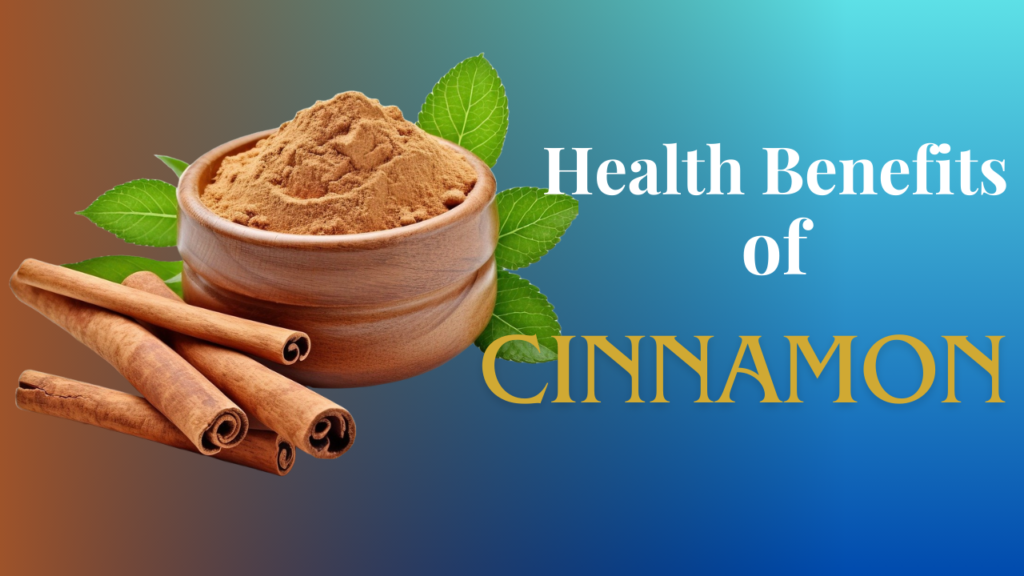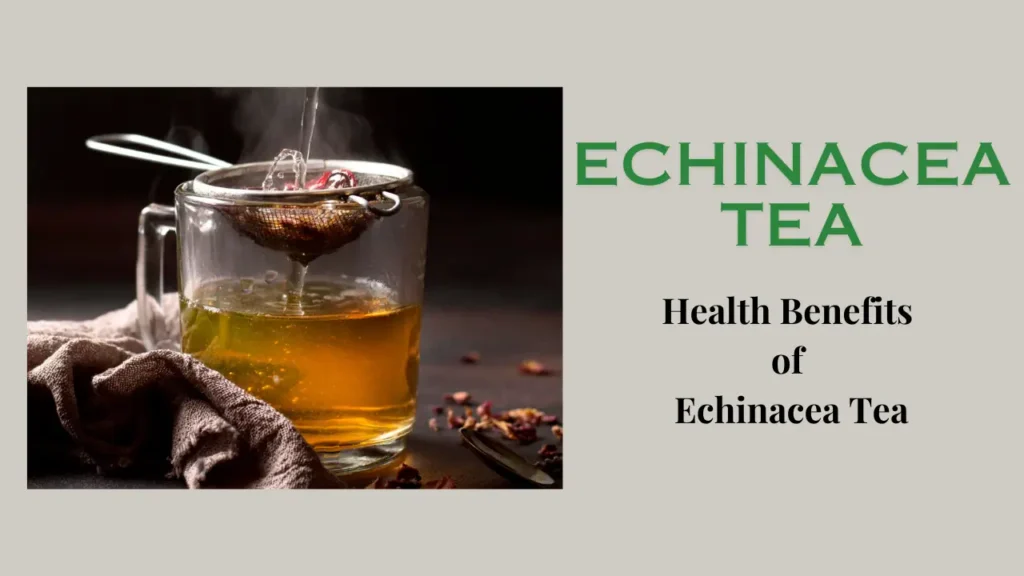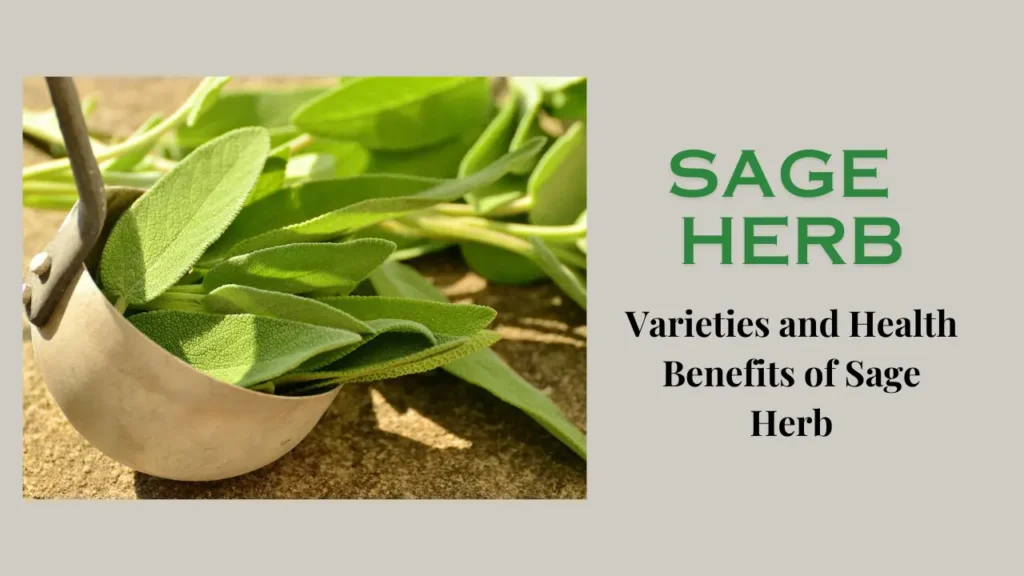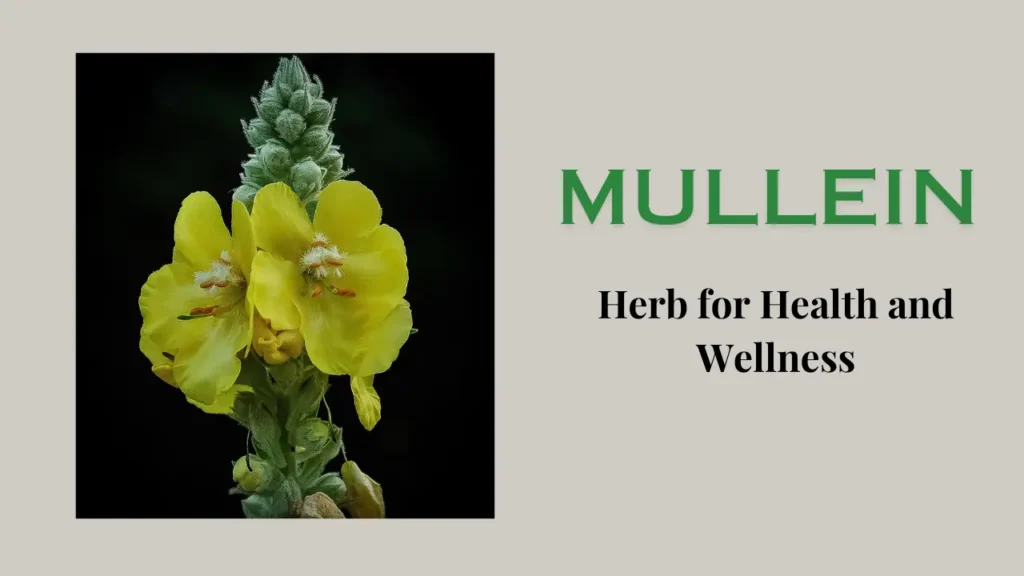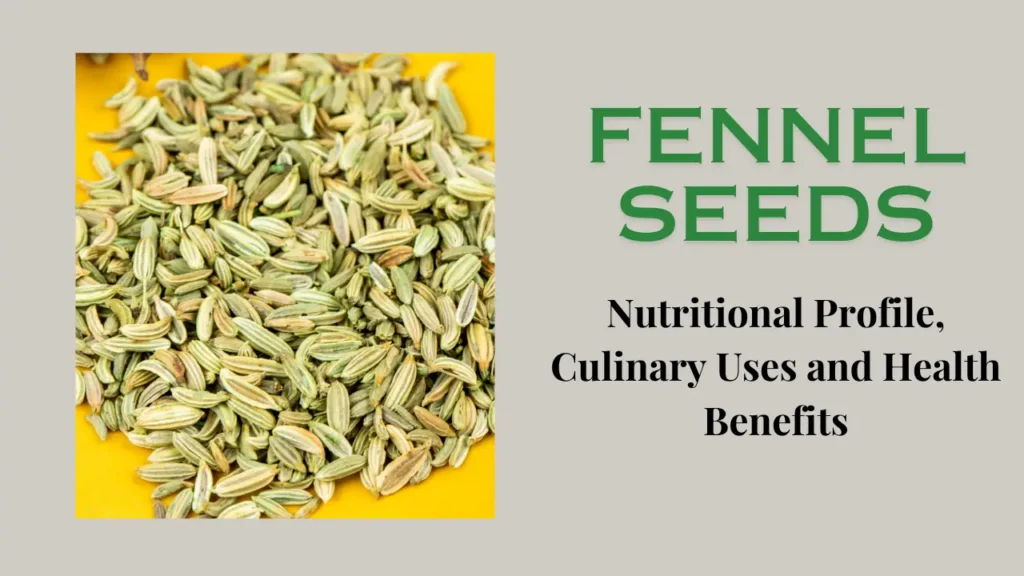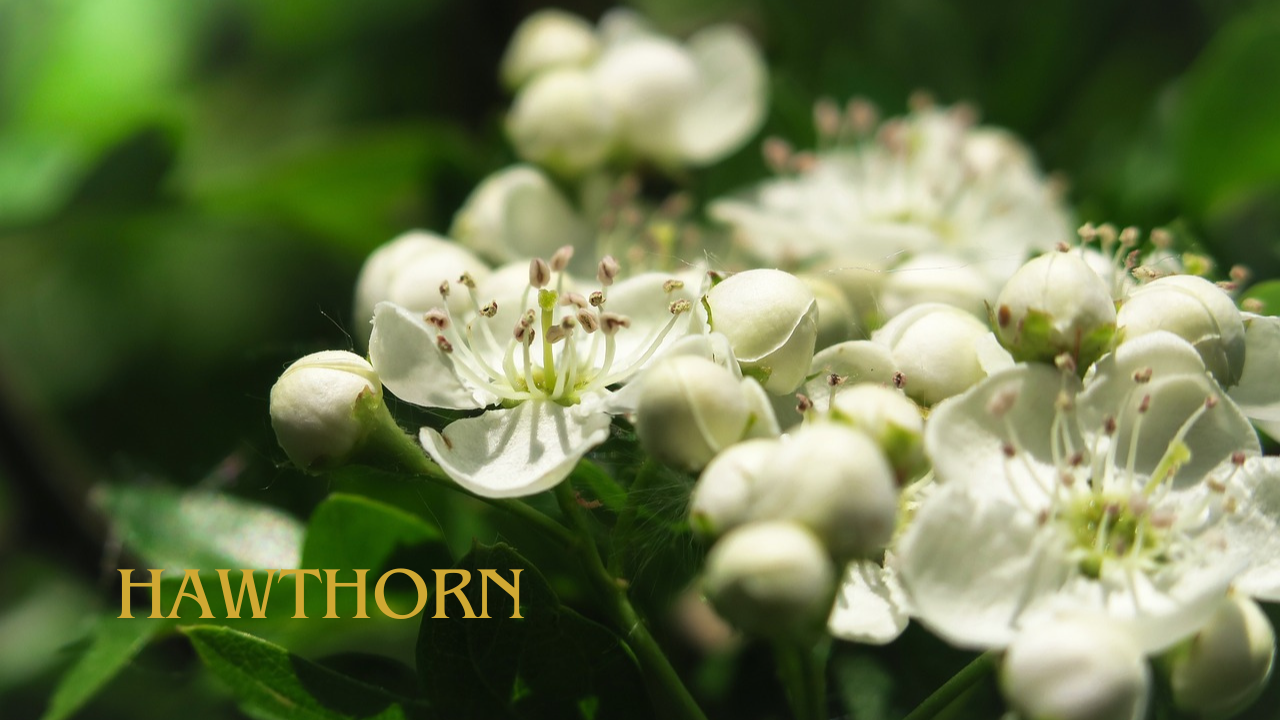
Origins of Hawthorn
A. Botanical Background of Hawthorn
1. Varieties and Species: Hawthorn encompasses over 200 species, with the most commonly used species being Crataegus monogyna and Crataegus laevigata. These species are native to Europe, North America, and some parts of Asia. Each species may have distinct characteristics and potential variations in chemical composition.
2. Geographical Distribution: This herb can be found in temperate regions across the globe. It thrives in diverse climates and is known to grow in Europe, Asia, North America, and Africa. Different species of Hawthorn may have specific geographic distributions.
B. Historical Significance of Hawthorn
1. Traditional Uses in Different Cultures: Hawthorn has been used in traditional medicine systems around the world. For example, in Traditional Chinese Medicine (TCM), this has been employed for digestive issues, cardiovascular support, and as a general tonic. In European herbal traditions, it has been used to support heart health and promote overall well-being.
2. Hawthorn in Ancient Medicinal Practices: This has been recorded in ancient medicinal texts for its therapeutic properties. For instance, it was mentioned in ancient Greek and Roman medical texts as a remedy for various ailments, including heart conditions and digestive disorders. This herb was also used by Native American tribes for its medicinal properties.
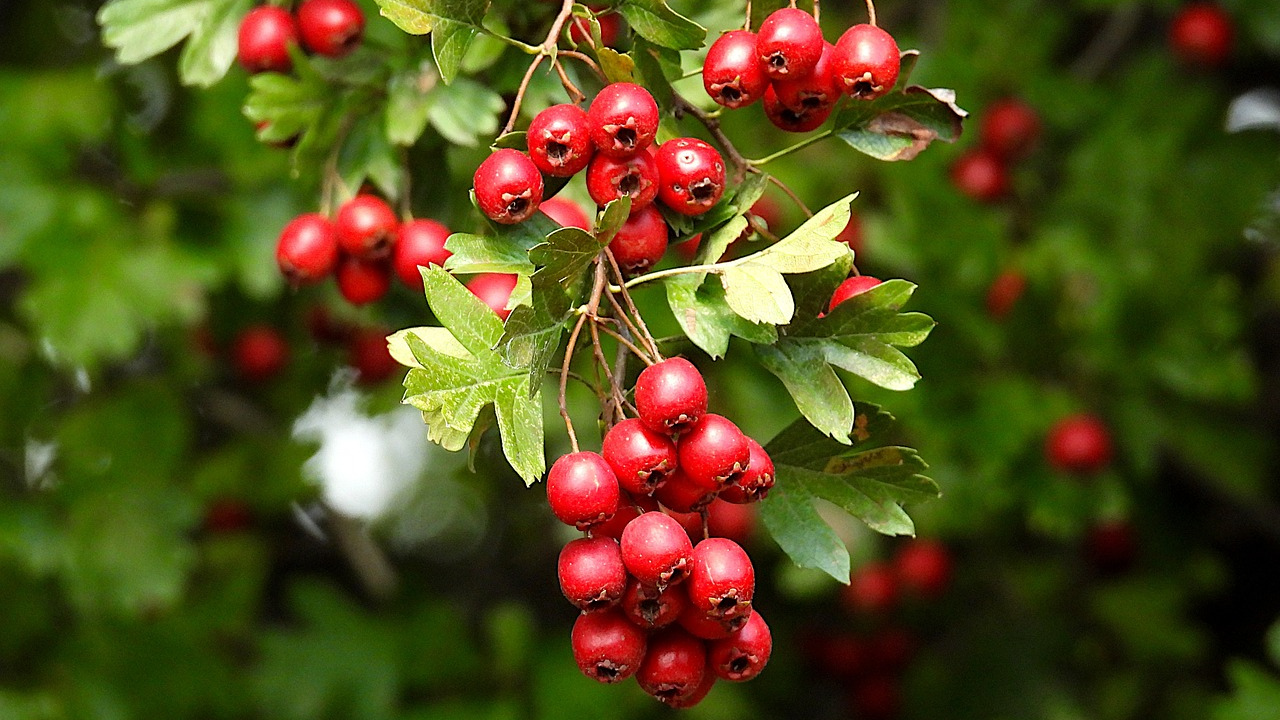
Health Benefits of Hawthorn
A. Cardiovascular Health Support
- Enhancing Heart Function and Blood Flow: Hawthorn is well-known for its positive effects on heart health. It may help strengthen the heart muscle, improve its pumping ability, and enhance blood circulation throughout the body.
- Regulating Blood Pressure: Studies suggest that Hawthorn may help regulate blood pressure by dilating blood vessels and reducing resistance to blood flow. This can contribute to maintaining healthy blood pressure levels.
- Lowering LDL Cholesterol Levels: This herb has shown potential in reducing low-density lipoprotein (LDL) cholesterol levels, also known as “bad” cholesterol. By inhibiting the enzyme responsible for cholesterol synthesis, Hawthorn may help lower the risk of cardiovascular diseases.
Read Also: Cinnamon
B. Antioxidant and Anti-inflammatory Properties
- Protecting Against Oxidative Stress: Hawthorn is rich in antioxidants, including flavonoids and oligomeric proanthocyanidins (OPCs). These compounds help combat oxidative stress, which can lead to cellular damage and contribute to various chronic diseases.
- Reducing Inflammation in the Body: The anti-inflammatory properties of Hawthorn may help reduce inflammation in the body. Chronic inflammation is associated with several health conditions, including cardiovascular diseases, arthritis, and certain types of cancer.
- Strengthening the Immune System: The immune-strengthening properties of this herb can support overall health and well-being. By reducing oxidative stress and inflammation, it may help enhance the immune response and protect against infections.
C. Digestive Aid
- Relieving Indigestion and Stomach Pain: Hawthorn has been used traditionally to alleviate indigestion, bloating, and stomach discomfort. It may help promote the secretion of digestive enzymes, enhance digestion, and ease symptoms of gastrointestinal distress.
- Promoting Healthy Digestion: Hawthorn’s digestive benefits extend to promoting overall digestive health. It may help regulate bowel movements, improve nutrient absorption, and support a healthy gut environment.
- Supporting Liver Function: It has been recognized for its potential to support liver health. It may assist in detoxification processes, protect liver cells from damage, and promote optimal liver function.
D. Anxiety and Stress Relief
- Calming Effects on the Nervous System: It has mild sedative properties that can help calm the nervous system. It may promote relaxation, reduce nervous tension, and alleviate symptoms of anxiety.
- Reducing Anxiety and Tension: Hawthorn’s ability to reduce anxiety and tension is believed to be due to its impact on neurotransmitters in the brain. It may help balance neurotransmitter levels, leading to a sense of calmness and improved mood.
- Promoting Better Sleep Quality: By reducing anxiety and promoting relaxation, it may contribute to better sleep quality. It can help individuals fall asleep more easily, experience deeper sleep, and wake up feeling refreshed.
E. Skin Health Enhancement
- Anti-aging Properties: Hawthorn’s antioxidant content can help protect the skin against free radicals, which contribute to premature aging. Regular use of skin care products that incorporate this herb may help reduce the appearance of wrinkles, fine lines, and age spots.
- Soothing Skin Conditions: It possesses anti-inflammatory properties that may be beneficial for soothing various skin conditions, including eczema, psoriasis, and rosacea. This can help reduce redness, burning, and itching.
- Supporting Wound Healing: Hawthorn’s potential to support wound healing lies in its ability to improve blood circulation and promote tissue repair. It can aid in the healing process of minor cuts, abrasions, and other skin injuries.
Read Also: Indian Hawthorn
How to Use Hawthorn
1. Forms of Hawthorn
- Herbal Teas and Infusions: A delicious and nutritious herbal tea can be made by steeping dried hawthorn berries, leaves, or flowers in hot water. This form allows for easy absorption of the herb’s beneficial compounds.
- Tinctures and Extracts: Tinctures and liquid extracts are concentrated forms that can be added to water or other beverages. They provide a convenient way to incorporate this into your routine, with precise dosing options.
- Capsules and Tablets: For those seeking a more standardized dosage, It is also available in capsule or tablet form. This allows for easy consumption, particularly for individuals who prefer a tasteless and convenient option.
2. Precautions and Potential Side Effects
- Possible Interactions with Medications: This may interact with certain medications, such as beta-blockers, calcium channel blockers, and nitrates. It is crucial to inform your healthcare provider about any medications you are taking to ensure there are no contraindications or adverse effects.
- Allergic Reactions and Contraindications: While this is generally considered safe, some individuals may experience allergic reactions. If you are allergic to plants in the Rosaceae family, such as apples or pears, use caution when using this. Additionally, individuals with certain medical conditions, such as hypotension or heart rhythm disorders, should consult a healthcare professional before using it.
- Safety considerations during pregnancy and breastfeeding: Women who are pregnant or breastfeeding should seek medical advice before using it, as its safety during these periods has not been adequately studied.
Incorporating Hawthorn into Your Routine
Heart-Healthy Recipes
- Delicious Smoothie Recipes: Blend fresh or dried Hawthorn berries with other fruits, such as berries or apples, along with leafy greens, yogurt, and a liquid of your choice to create a heart-healthy smoothie.
- Nutritious Salads featuring Hawthorn-Infused Dressings: Prepare a Hawthorn-infused dressing by combining its extract or pureed berries with olive oil, vinegar, Dijon mustard, honey, and herbs. Drizzle the dressing over a colorful salad packed with fresh vegetables, nuts, and seeds.
Herbal Combinations
- Synergistic Blends with Other Beneficial Herbs: Combine this with complementary herbs like garlic, hibiscus, ginger, or motherwort to enhance cardiovascular support or address specific health concerns. These herbal combinations can be consumed as teas, tinctures, or capsules.
- Herbal Remedies for Specific Health Conditions: Explore traditional herbal formulas or consult with a qualified herbalist to discover specific blends that incorporate Hawthorn for various health conditions, such as high blood pressure or anxiety. These customized blends can be tailored to individual needs.
Disclaimer: This information is for educational purposes only and should not be construed as medical advice. Please consult a qualified healthcare professional for personalized recommendations.
Conclusion

